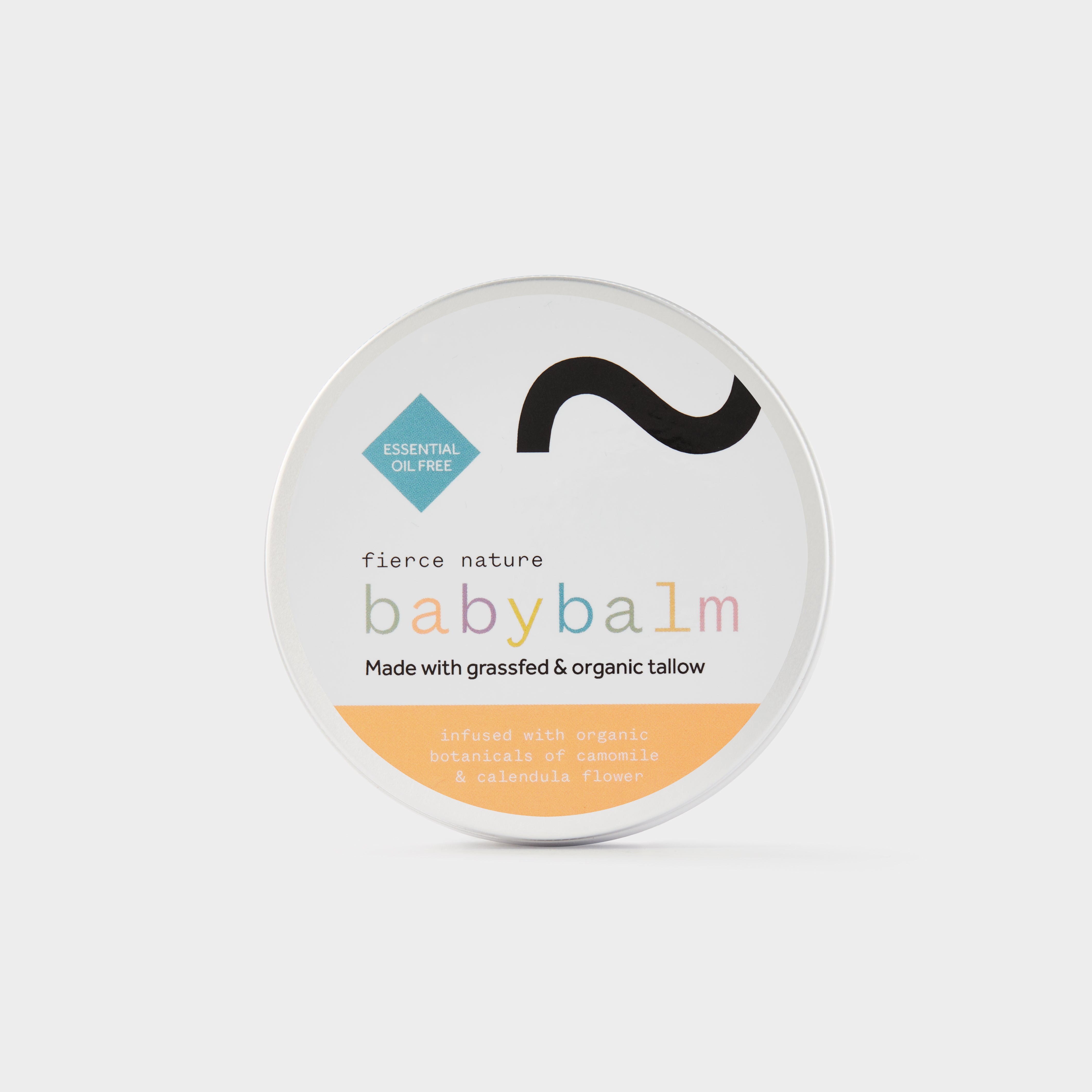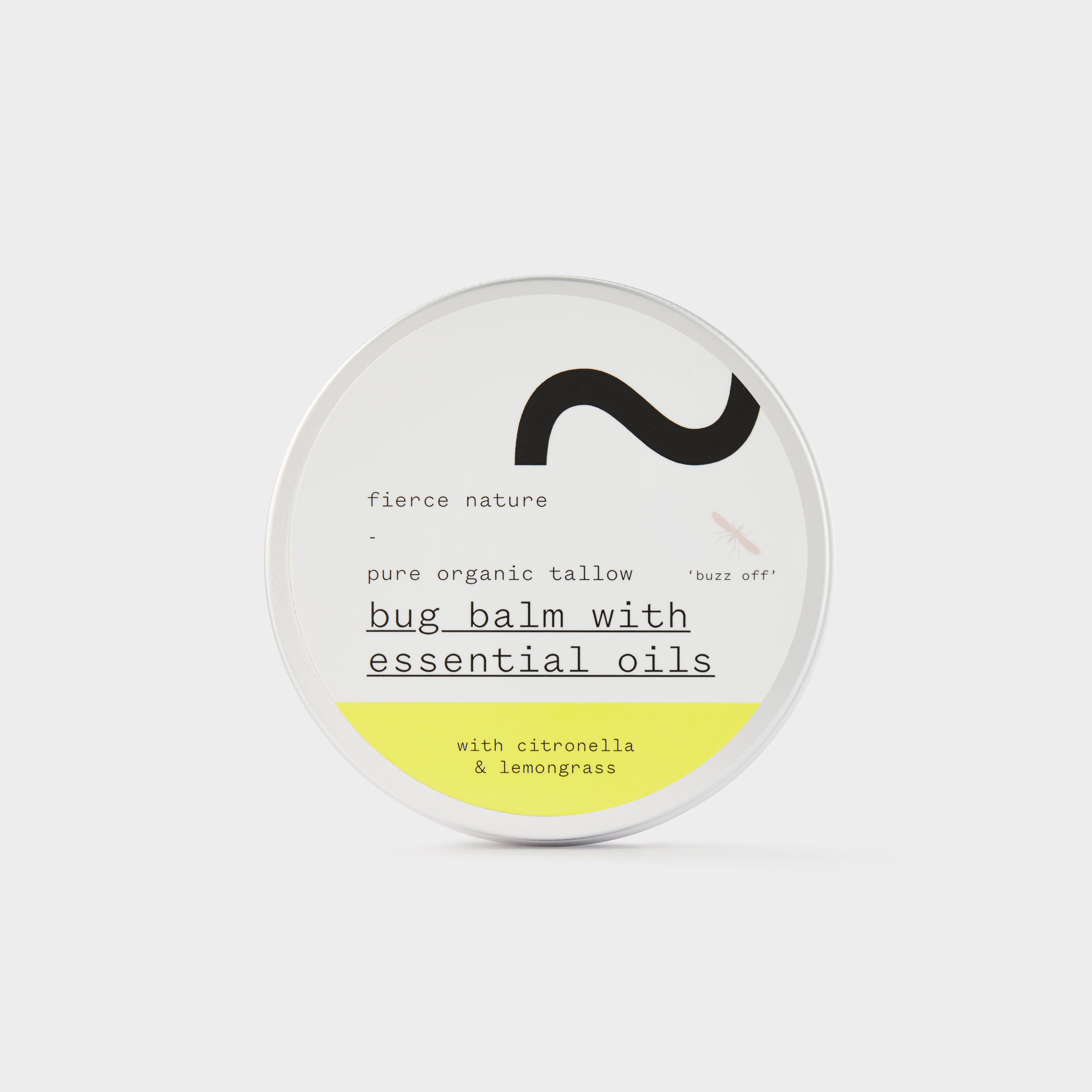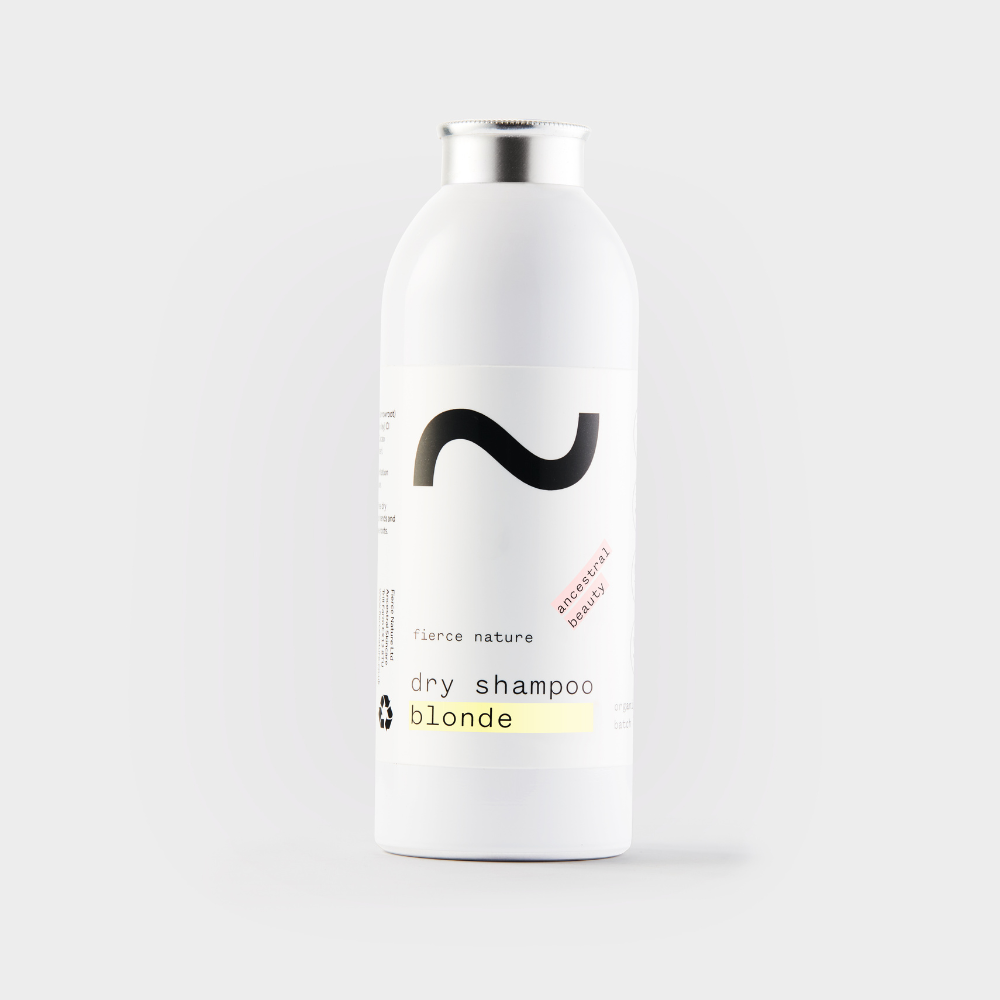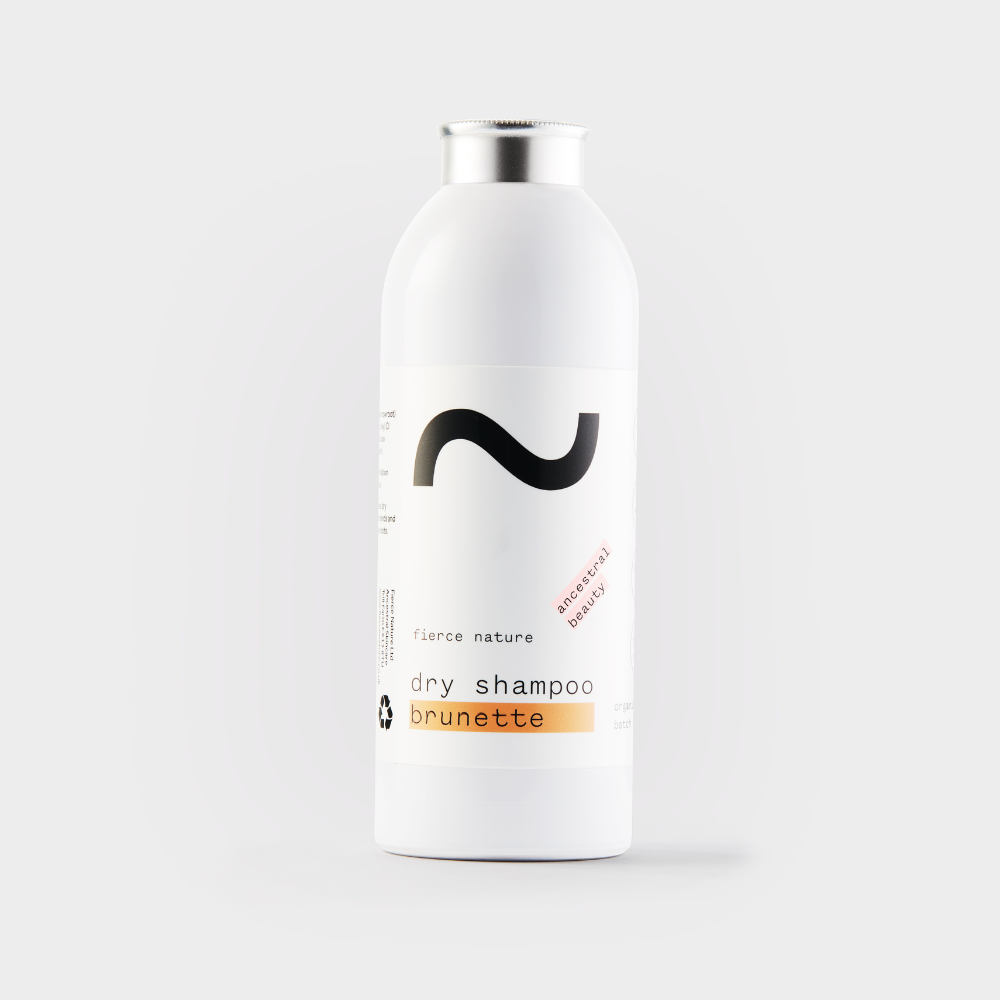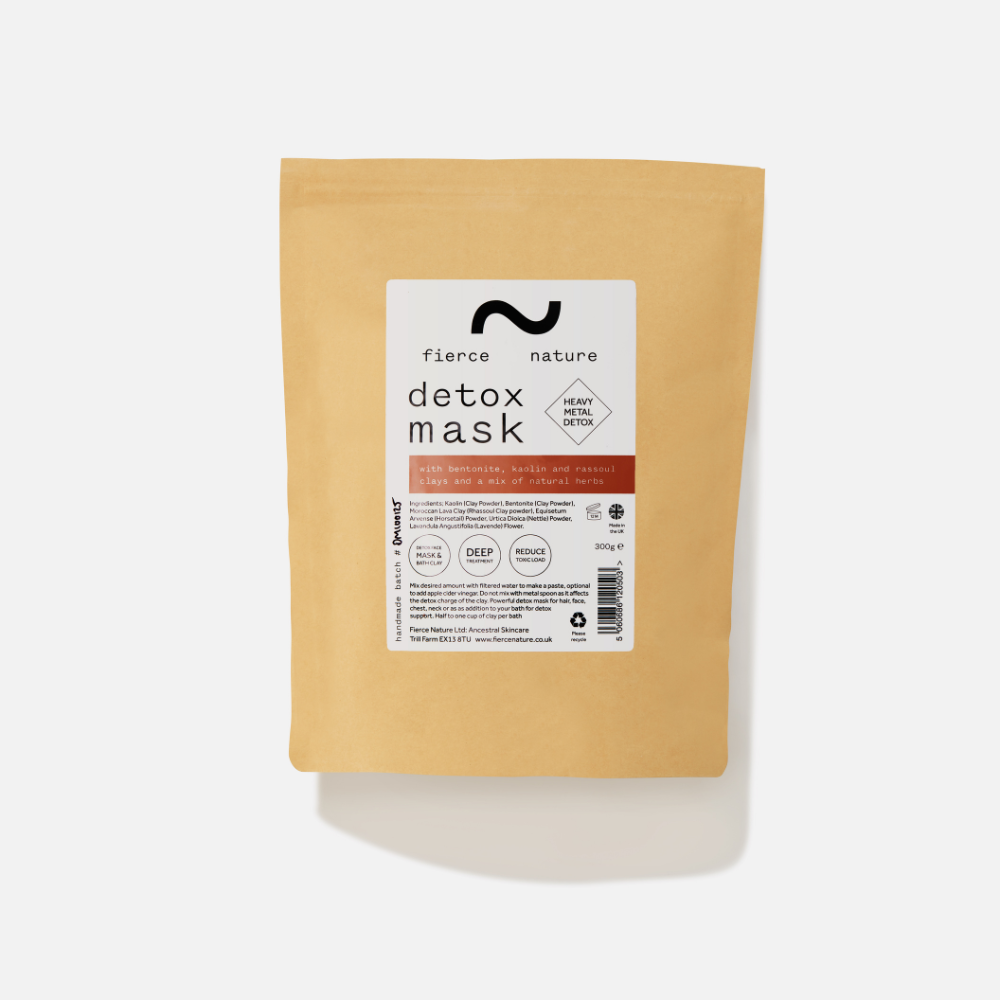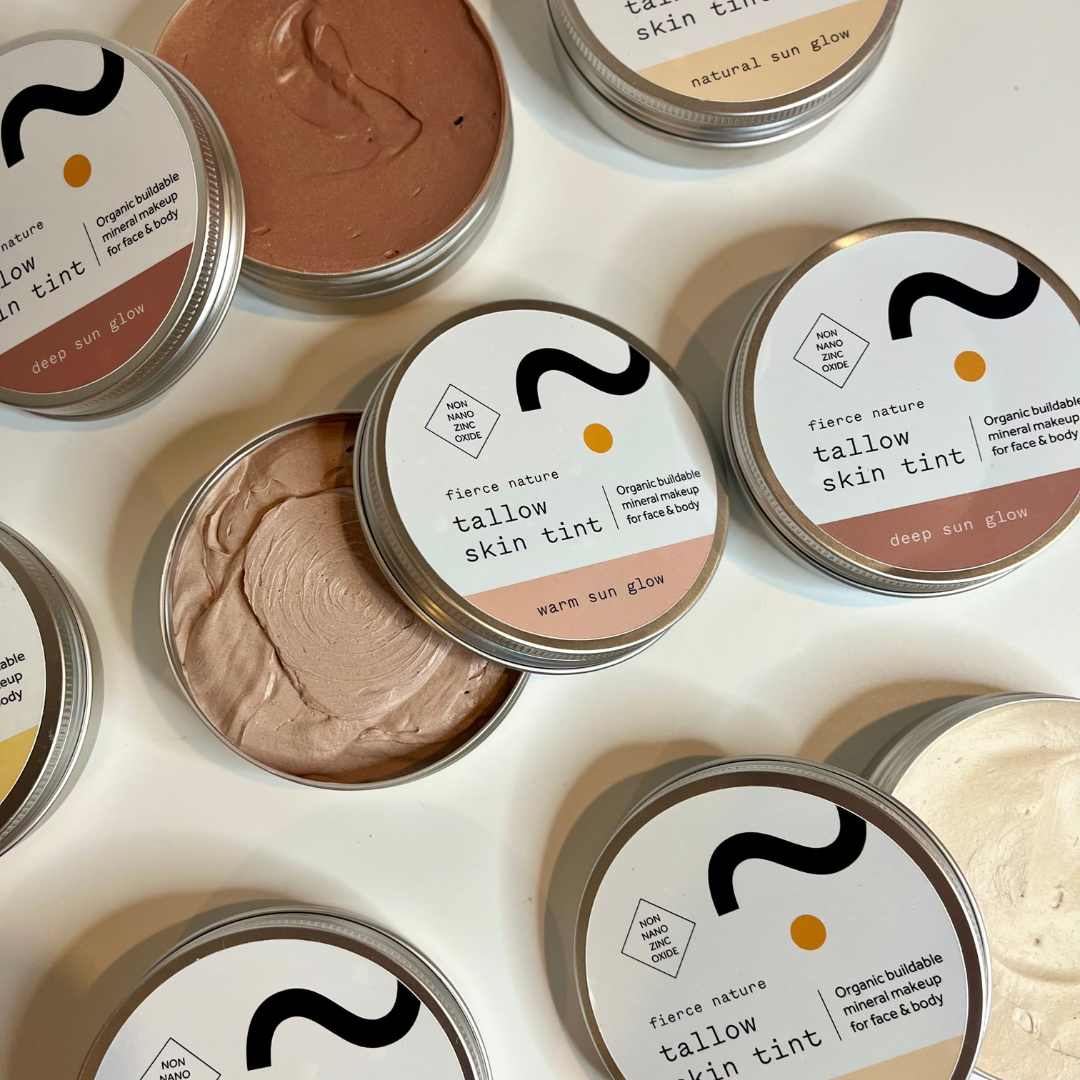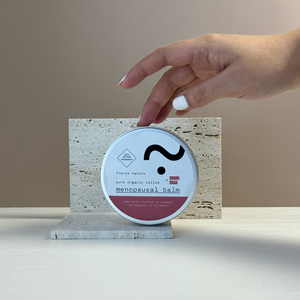In recent years, the beauty industry has witnessed a surge in the popularity of skin tints, reflecting a growing preference for lighter, more natural-looking makeup options. Alongside this trend is an increasing awareness of the importance of avoiding harsh chemicals in skincare products. Let's explore the differences between natural and commercial foundations, focusing on their ingredients and their impact on the skin.
Natural Foundation Ingredients:
-
Adeps Bovis (Tallow): Derived from animal fat, tallow provides a moisturizing base rich in fatty acids that nourish the skin.
-
Caprylic/Capric Triglyceride (MCT Coconut Oil): This lightweight coconut oil derivative hydrates the skin without clogging pores, ensuring a smooth application.
-
Persea Gratissima (Avocado) Oil: Packed with vitamins A, D, and E, avocado oil moisturizes and nourishes, particularly beneficial for dry or mature skin.
-
Zinc Oxide (Non-Nano): A mineral sunscreen providing broad-spectrum protection without the risk of skin absorption.
-
Mica (CI 77019): This naturally occurring mineral adds shimmer and light-reflecting properties, imparting a healthy glow to the skin.
-
Iron Oxide (CI 77491): A mineral pigment providing color and long-lasting wear, safe for sensitive skin.
-
Theobroma Cacao Powder: Adds a subtle tint and antioxidant benefits, protecting against environmental damage.
Commercial Foundation Ingredients:
Commercial foundations often contain a broader range of ingredients, including:
-
Silicones: Provide a silky texture but may trap dirt and oil, potentially leading to breakouts.
-
Parabens: Preservatives linked to hormone disruption, often excluded from natural skincare products.
-
Fragrance: Synthetic fragrances may irritate sensitive skin and cause allergic reactions.
-
Talc: A mineral bulking agent associated with respiratory issues and potential asbestos contamination.
-
Chemical Sunscreens: Ingredients like oxybenzone and octinoxate can be irritating to sensitive skin and harmful to coral reefs.
Natural vs. Commercial Foundations:
Natural foundations prioritize plant and mineral-derived ingredients, offering skincare benefits alongside coverage.
Commercial foundations prioritize performance, often containing synthetic additives and preservatives. While rigorously tested for safety and efficacy, they may lack the skincare benefits of natural alternatives and could trigger irritation in some individuals.
In conclusion, the rise of skin tints reflects a shift towards more conscious consumption in the beauty industry. By opting for natural foundation options, you can nourish your skin while enjoying a flawless finish, making healthier choices for yourself and the planet.


